Chandrayaan 2’s landing failure and the road ahead
What does Vikram’s failed landing mean for India's future in space?
India’s ambitious mission to land on the Moon, Chandrayaan 2, failed. What does Vikram’s crash landing mean for India’s future in space?
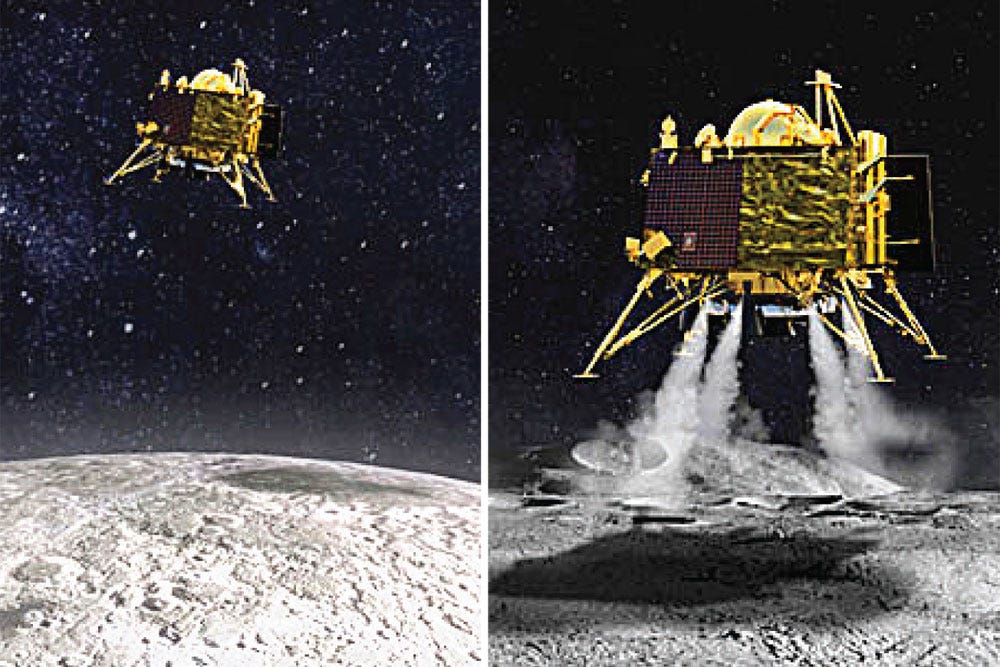
Landing a spacecraft on the Moon is hard. Prior to Vikram lander’s heart-sinking failure to nail a soft-landing, the Israeli craft Beresheet had crashed on the lunar surface this year. Only two Chinese missions, Chang’e 3 and 4, have successfully soft-landed on the Moon in the 21st century. That gives a success rate of 50% in this renewed Moon race.
If 50 years ago we’ve landed humans on the Moon with Apollo and even had robots bring back soil samples on Soviet Luna spacecrafts, why is a lunar landing so nail-biting now? The answer to that and what Vikram’s failure means is crucial to our future in space.
The ability to soft-land on extraterrestrial surfaces is key to long-term space exploration and sustenance. Right after the ability to get out of Earth i.e. rockets. Now that the Vikram lander has failed to touchdown as planned, does it mean that the Indian Space Research Organization (ISRO) will go back to the drawing board? To understand the answer, we need to take a look at Chandrayaan 2’s full technology stack.
The rocket – Fat Boy
While most people focused on the lander and rover elements in Chandrayaan 2, the GSLV Mk III rocket that lifted it off has risen the stature of ISRO’s space capabilities. Launching Chandrayaan 2 on July 22, 2019 marked the rocket’s first operational flight.
Nicknamed Fat Boy, India’s most powerful rocket to date was key to be able to launch not just missions like Chandrayaan 2, but also heavier communication satellites, for which India had to rely on the European Ariane 5 so far. Notably, the Mk III will also be the launch vehicle of choice for carrying India’s first astronauts to space in 2022. Getting the GSLV Mk III up and working has opened up possibilities of more elegant space missions for ISRO, and for anyone utilizing the rocket. Things that are beyond the reach of the trusty PSLV.
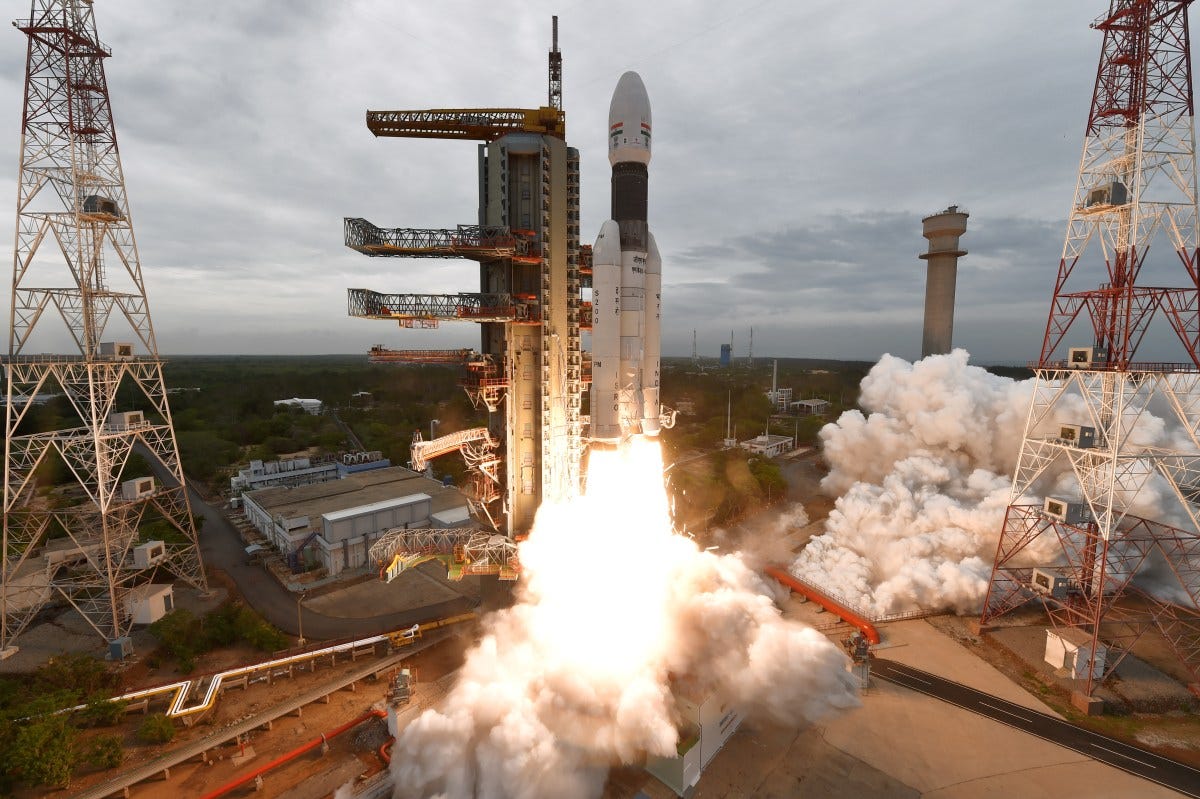
It is to be noted however that lifting 10,000 kg to Low Earth Orbit or 4,000 kg to Geostationary Transfer Orbit isn’t much in the grand scheme of things. Complex interplanetary missions require medium lift rockets. Such rockets from the US (Falcon 9, Atlas V), the Russians (Proton, Angara), the Europeans (Ariane 5) and Chinese (Long March 3, 7) all outperform the GSLV Mk III.
The price-tag argument is also rather moot. For example, SpaceX’s Falcon 9 rocket costs about the same as a GSLV Mk III, yet it can carry twice the payload. A Falcon 9 could’ve placed Chandrayaan 2 in a trajectory that goes all the way to the Moon instead of an Earth orbit, saving both mission time and launch cost. Something to think about while we go about bragging about our cost effectiveness.
Human deep space exploration missions, including human lunar landings, require superheavy lift rockets of the Saturn V kind; not even the Falcon Heavy, ULA’s Delta IV Heavy or Chinese Long March 5 are up to the task. That is why NASA is building the behemoth SLS rocket and China the Long March 9, while SpaceX is betting on Starship and BFR.
So, while India’s homegrown GSLV Mk III is a major step forward in ISRO’s space launch capabilities, it pales in comparison with the contemporaries. Without India’s space launch capacity growing significantly over time, all interplanetary missions will be limited, and may likely be spun off as cost-effective endeavors.
However, that is precisely why Mk III’s successful debut is important. Focus has thus shifted to the future; more capable rockets will allow ISRO to take on missions as complex and rewarding as any. It is therefore clear that the launch failure of GSLV Mk III would’ve induced a larger setback than a failed lunar landing.
The orbiter – The nameless one
The Chandrayaan 2 lander-rover pair got so much media attention that most people didn’t bother about the orbiter until after the landing failed. Notably, ISRO didn’t even give the orbiter a name, while the lander and rover got called Vikram and Pragyan respectively. Ironic, if the orbiter was supposed to be a major chunk of the “95% mission success”.
But the fact is that the Chandrayaan 2 orbiter is a major upgrade over Chandrayaan 1, India’s first lunar orbiter. The Chandrayaan 2 orbiter carries with it a versatile set of scientific instruments as it orbits the Moon. It’s high-resolution camera can image the lunar surface at 0.32 m/pixel resolution, better than the 0.5m/pixel that NASA’s Lunar Reconnaissance Orbiter (LRO) can do, which is over 10 years old.
Chandrayaan 1 has been publicly acknowledged for its excellent mineral mapping capabilities and elemental composition determination of the lunar surface. Noah Petro, Project Scientist for LRO, recently noted on Twitter:
10 years ago today Chandrayaan-1 ended. I was so lucky to be a small part of that mission. The M3 instrument allowed us to take a huge step forward in learning about the composition of our 8th continent!
The Chandrayaan 2 orbiter instruments build on that excellent capability.
It is also to be noted that the Chandrayaan 2 orbiter successfully carried out orbital maneuvers that placed the Vikram lander in the desired orbit, for an eventual descent. Until that point, the lander was attached to the orbiter. The ability to remotely detach a craft is a useful capability for more complex missions like sample return and human lunar exploration.
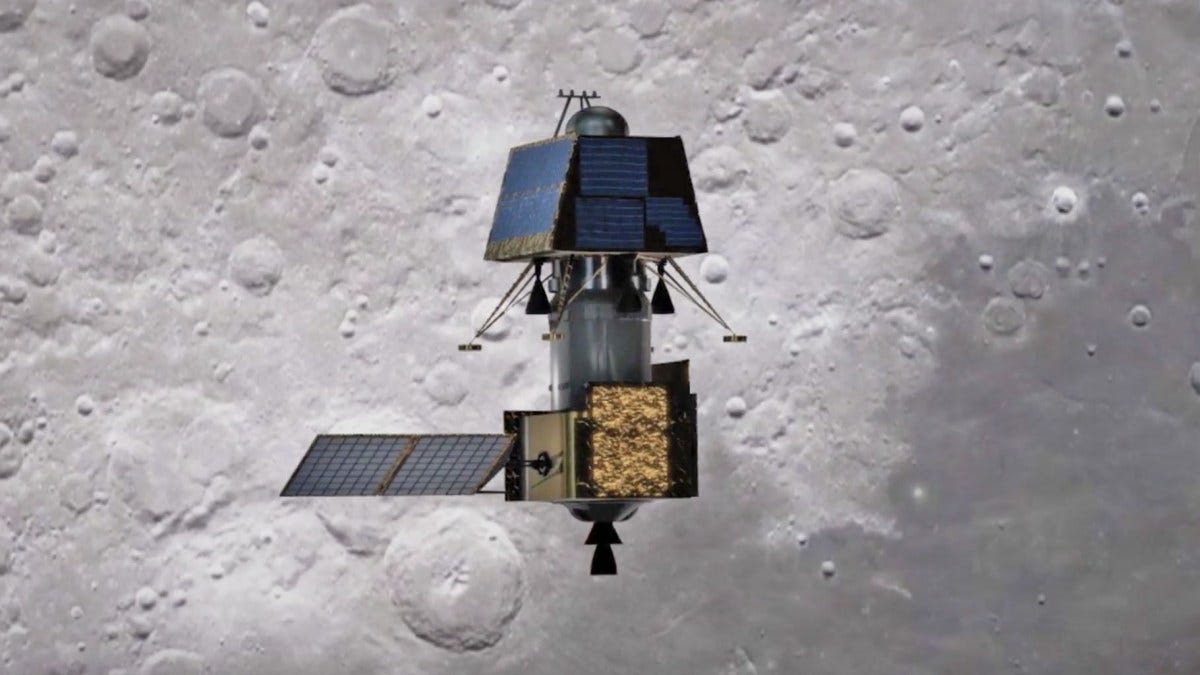
Heavy space systems to the lunar surface are, for practical reasons, expected to be modular. Their carrier modules will be key to enabling future space stations around the Moon, like in the case of the NASA-led Gateway habitat.
Chandrayaan 2 orbiter is the first wave that can lead to eventual realization of such complex missions. And with ISRO now claiming 7 years of operational life for the orbiter, troves of valuable scientific data is being looked forward to.
The lander – The thriller
Of course the successful rocket that launched Chandrayaan 2 and the orbiter are only part of the story. The prime focus was always on the lander, for a very simple reason.
India has been building rockets and orbiting satellites for decades now. Sure, with Chandrayaan 1 and Mars Orbiter Mission since 2008, ISRO started building interplanetary satellites. But never had a spacecraft designed to land on another planetary body arrived in the picture until Chandrayaan 2.
Akin to the 7 minutes of terror in Martian landings (e.g. NASA’s Curiosity), the prime test for ISRO’s indigenously designed lander Vikram was during the descent phase of the Chandrayaan 2 mission.
The descent begins with extremely high velocities achieved in lunar orbit and the lander is faced with a monumental task of gradually braking itself until a gentle drop on the lunar surface. All the while having no aid of an atmosphere to slow it down, unlike Earth or Mars.
It was desirable that Vikram’s main engines operate at varying thrust levels, to attain the kind of fine control demanded during the descent. Chandrayaan 2 thus marked ISRO’s first realization of variable thrust spacecraft engines for planetary surface exploration.
The biggest challenge however is communication. During the descent, the Earth-Moon communication lag is significant enough to not allow controlling the lander from Earth. As such, Vikram had to be designed to operate autonomously during the entire phase i.e. continually take input from its sensors about its distance, velocity, acceleration, orientation, etc., and orchestrate the firing of its engines in accordance with the desired trajectory. All until a safe touchdown on the lunar surface.
If this nail-biting phase had gone as planned, it would’ve placed ISRO as the fourth organization in the world to achieve the feat of a soft lunar landing, following the US, the former USSR and China.
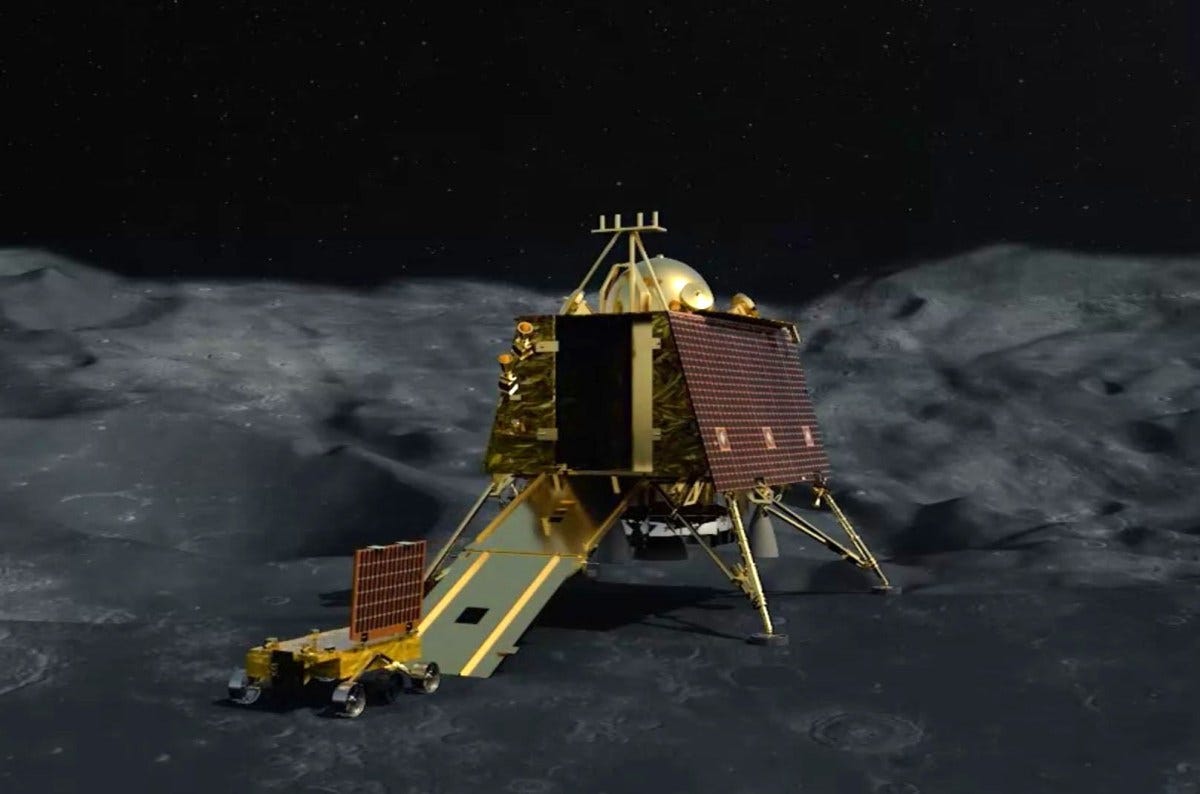
It is true that orbiters, with their imaging and mapping capabilities, lead the way to enable surface exploration. But landing technologies thus developed are an entry point to so much more: mobile exploration, in-situ resource utilization, long-term habitats, etc.
With Chandrayaan 2’s failed landing, India is dealing with a different technological beast altogether. A successful touchdown with a revived Chandrayaan 2 mission, or 3, can pave the way forward for an eventual Mars landing mission and on worlds beyond. Europa, anyone?
The rover that could
Speaking of stepping stones towards a multiplanetary future, right after rockets and landing technologies comes planetary surface exploration using mobile platforms. That is why the Soviet Lunokhod rovers from the 1970s were a big deal, and so is the current Chang’e 4 rover Yutu 2.
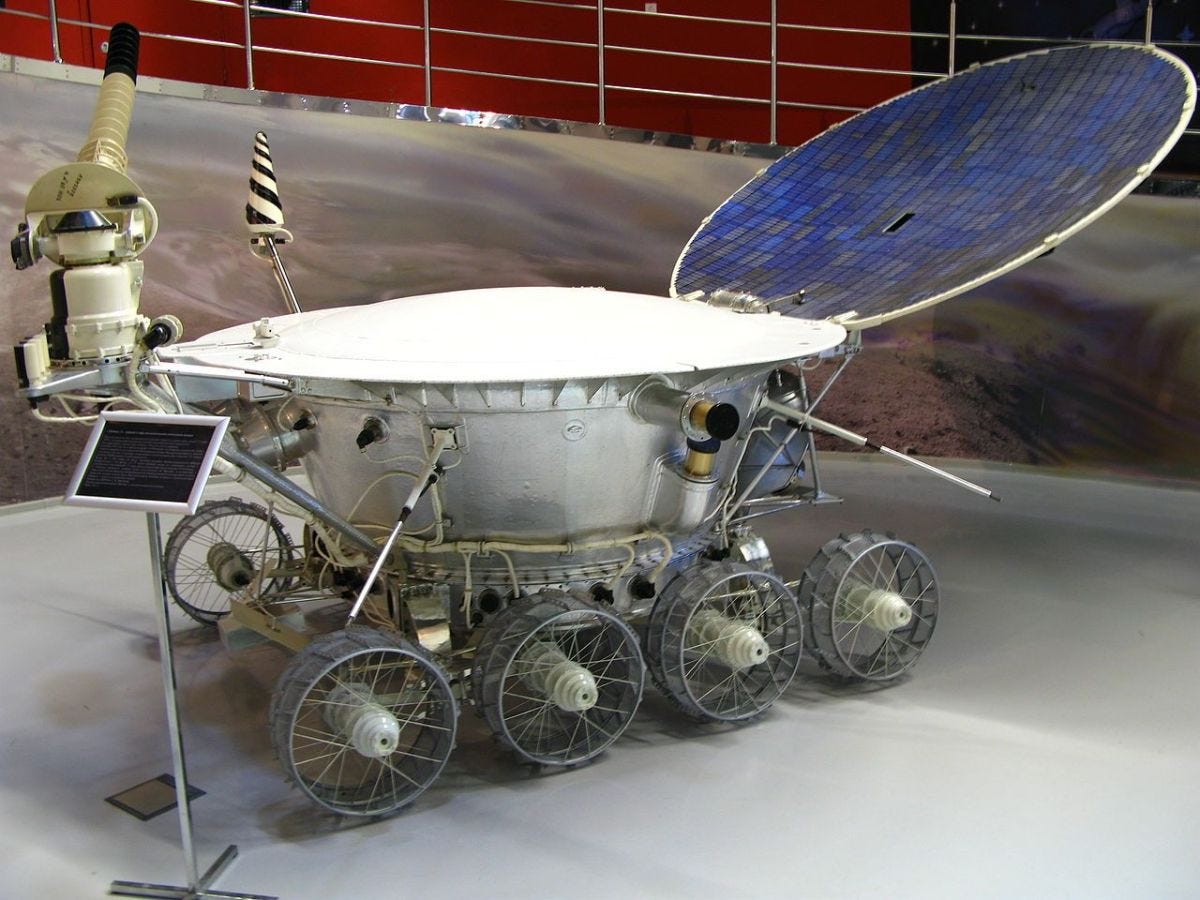
Chandrayaan-2’s rover Pragyan represented India’s first foray into designing a platform capable of traversing foreign landscapes and delivering good science. Pragyan was to be let out by Vikram on the Chandrayaan 2 landing site (70.9° S, 22.8° E), which is a primarily rocky region.
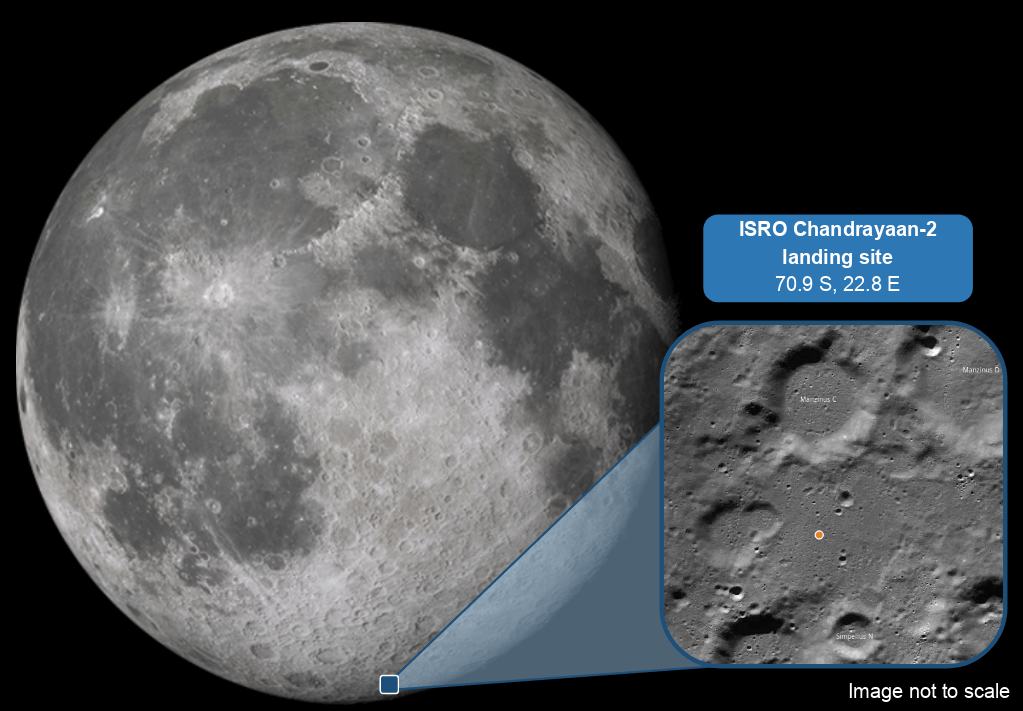
With the exception of NASA’s Apollo 16 and Surveyor 7 landing missions which landed in rocky regions, all other global missions have descended on the dark, smoother lava plains. By the virtue of such rocky lunar regions being rarely visited, the geology of the Chandrayaan 2 landing site is deemed interesting.
What made the rover most appealing to lunar scientists is the age of Chandrayaan 2’s landing site. Using crater size frequency distribution, a method for estimating a region’s age, the site was found to be at least 3.8 billion years old. This means the region formed during or before the time of large crater-forming asteroid impacts in the solar system. The significance of this is that very few missions have studied materials from this period up close.
It therefore shouldn’t surprise anyone that much was anticipated of the two spectrometers onboard Pragyan, which could’ve found pristine materials from the lunar crust in the landing region, formed at least 3.8 billion years ago. Notably, Chang’e 4 landed in an even older region on the Moon, the intriguing South Pole-Aitken basin.
There’s also an exploratory aspect that involves the terrain. Since Pragyan was ISRO’s first lunar rover, it made sense for ISRO to choose a landing site with a benign enough terrain and gentle slopes allowing safe exploration. However, ISRO touts Chandrayaan 2 as a south pole landing mission, which is technically incorrect. Conditions unique to polar areas, including eternally dark regions and long periods of sunlight, are prominent from the 80° S/N latitude onward, not from around 70° S/N. ISRO’s claim of Chandrayaan 2 being the first polar landing mission is wrong.
It is not merely about terminology. True lunar polar exploration, for which the global community has a consensus of being the resource and colonization hub for humanity’s future in space, requires versatile mobile exploration platforms. All paths to in-situ resource utilization and building lunar habitats go via traversing steep slopes, crossing potential boulder fields and managing rocky landscapes. As such, Pragyan exploring a partially-rugged terrain on the Moon would’ve been a great technology demonstration. Alas!
Both Vikram and Pragyan would’ve been excellent technology demonstrators, albeit most limited by their 14 Earth days lifespan on the lunar surface. Post-dusk, the cold lunar night kicks in and peak temperatures can be a harsh -180° Celsius. So with the lunar day, both crafts would’ve stop functioning, permanently. This dictates limits of the mission’s scientific output. While the Chandrayaan 2 lander and rover both were to last just 14 days, the Chang’e 4 lander-rover pair have been surviving the harsh lunar night for over 7 months now, using radioactive heater units. Chang’e 3 lander, which touched down in 2013, is still alive the same way.
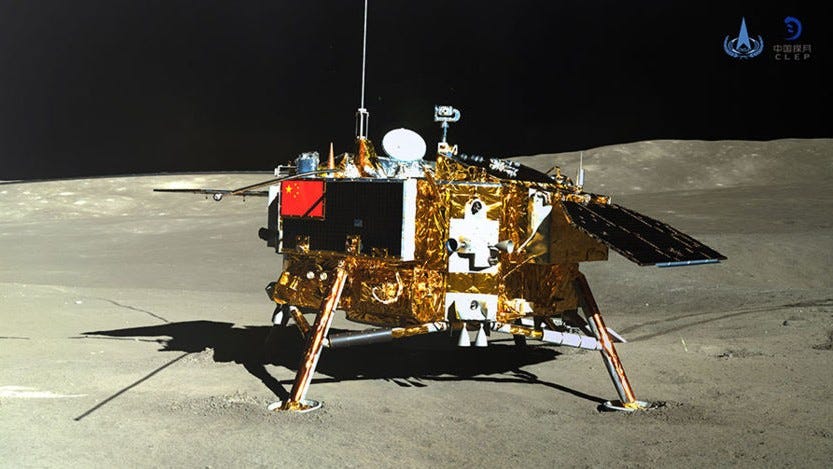
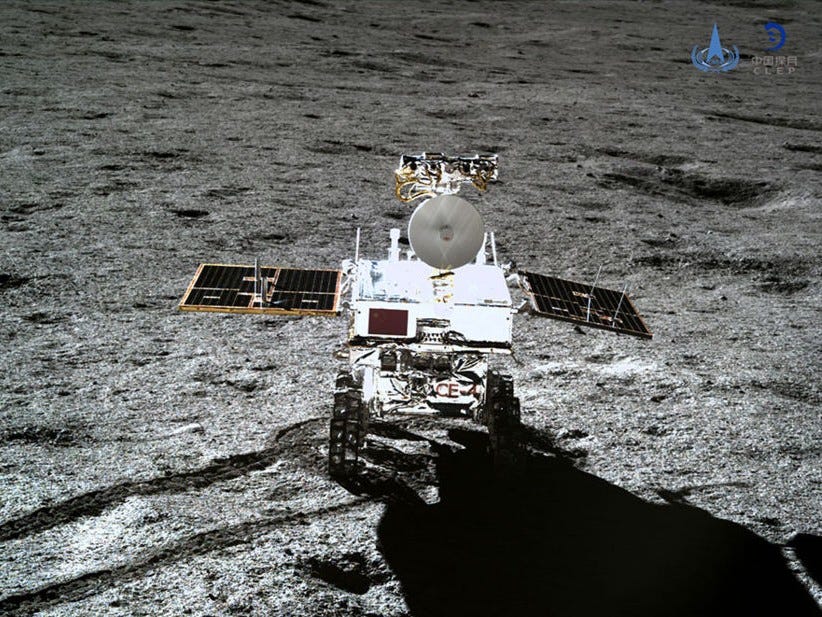
The road ahead – To the launch pad
We, as humans, now have reliable means to launch things out of our host planet, best demonstrated by the democratization of access to space. Technologies for soft-landing on extraterrestrial surfaces and their mobile exploration are stepping stones towards sustained space exploration.
China and US are currently spearheading that space, each having a lead on lunar and martian landings respectively. The US and Russia, having lost most of the Cold War talent, essentially need to rebuild their lunar soft-landing capabilities. Hence the birth of NASA’s Artemis Program.
India came very close to nailing the landing. Now it’s imperative we set it in stone with a revival of Chandrayaan 2 in the form of new launch. Let’s not forget that next year China is set to launch a sample return mission to the Moon, followed by a Martian orbiter and rover. Waiting for Chandrayaan 3 until 2025 is futile.
Without extraterrestrial landing technologies, there exists a giant hole in our space capabilities. If India is to play a leading role in sustained space exploration, we need to go back to the launch pad.
Originally published at Open Magazine.
→ Browse the Blog | About | Donate ♡
